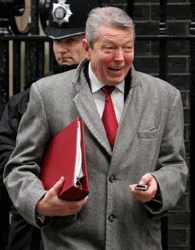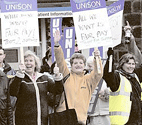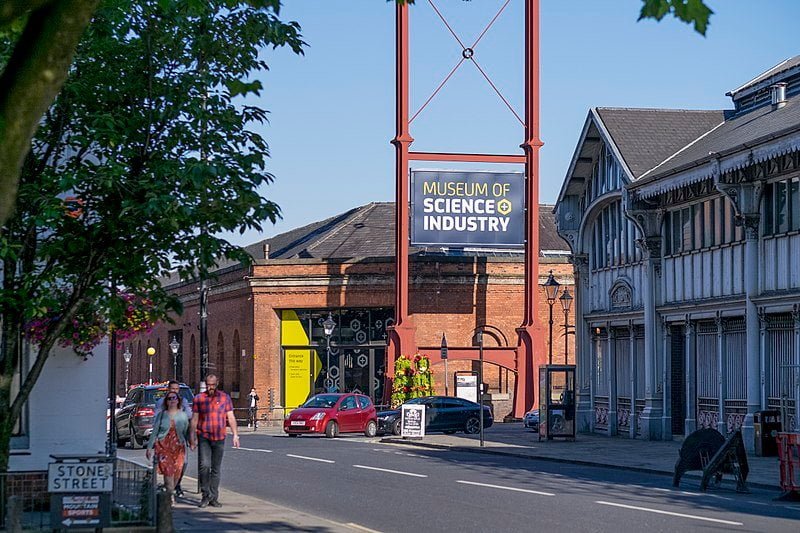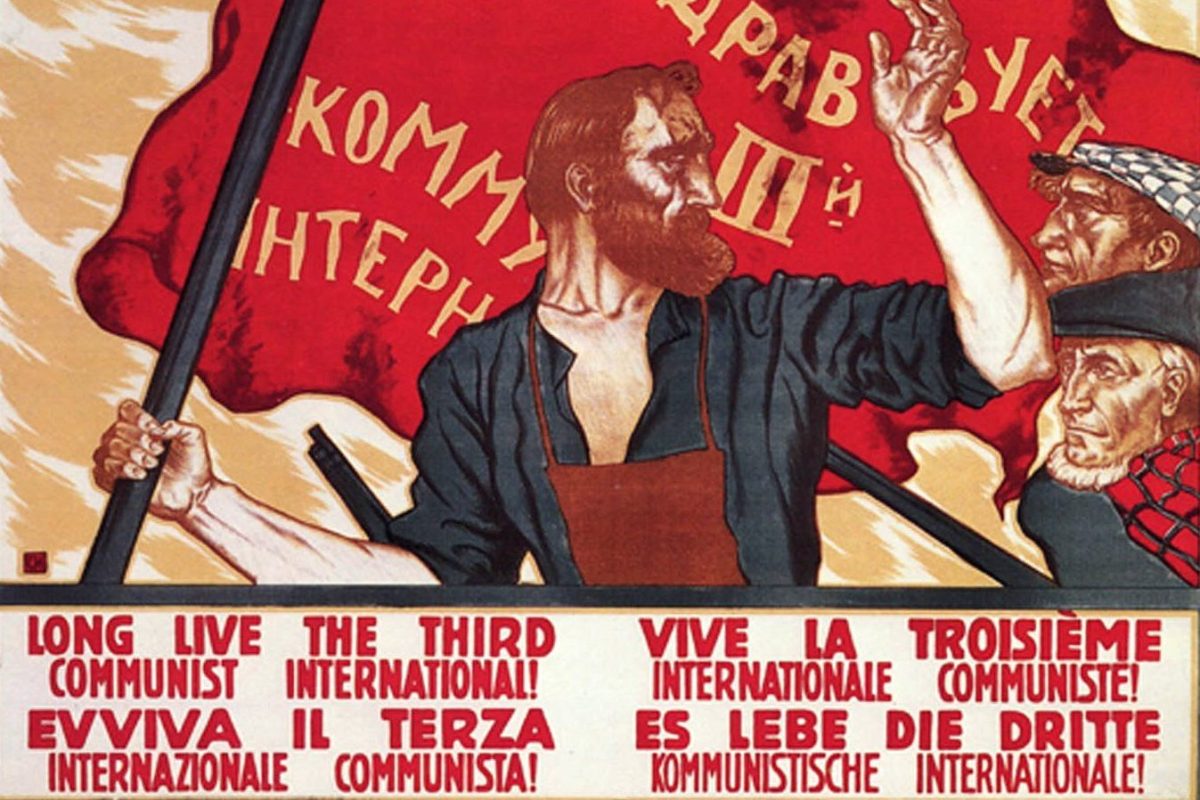With inflation running at
well over 4% for the last 6 months conditions couldn’t have been better for
public sector trade unions to challenge the Government’s 2% public sector pay
limit. Many staff are already angry
over cuts, NHS redundancies and job evaluation, so a real pay cut of 2 – 3% has
provoked a strong response.
However it is hard not to
conclude that the trade union leadership, particularly of UNISON, has a rather
different agenda. When UNISON Health
Conference – representing 460,000 health workers – discussed the Government
offer of a "staged" 2.5% increase (worth 1.9% over the year) there was a clear
rejection. Negotiators were told to
seek to secure an improved offer, and Conference reaffirmed the joint Staff
Side claim for a significant percentage pay increase above the rate of
inflation (Retail Prices Index).

Things looked to be moving to
a strike ballot, when suddenly new Health Secretary Alan Johnson (supported by
UNISON in the Labour Party Deputy Leadership Election) re-opened
negotiations. The outcome was a 0.1%
increase on the offer, mainly in the form of money towards paying for the professional
registration staff – something now being required of many more health workers. Extra money was included for those on the 2
lowest pay bands, but in England this still did not even amount to a 2.5% pay
increase. (Workers in Wales, Scotland
and Northern Ireland had already been offered the 2.5% without staging.)
Within days the new offer was
being put to members in a ballot, with no recommendation to either reject or
accept. National publicity however
portrayed the offer in unduly positive terms. When individual branches and some Service Group Executive Members began
to urge rejection a national circular was issued threatening disciplinary
action against though who didn’t conform to the decision to make "no
recommendation".
Meanwhile in Local Government
the 1st April deadline for a new pay settlement in England drifted
by, with the employers refusing to make an improvement on their original 2% pay
offer. After a couple of months, with
conference approaching in June, it was decided that no new offer was going to
appear, and a one week consultation exercise was held with branches. Unsurprisingly this received a very limited
response. At conference in mid-June members
were told that a new consultation exercise would be undertaken, and that this
would give us a chance to campaign amongst our members for support for
industrial action. Delegates were to
make clear to members that in the autumn there would be co-ordinated action
across the public sector – linking with health workers, civil servants,
teachers, etc. Clearly someone forgot
to tell the Health Service negotiators of this plan for co-ordinated
action.
A new branch consultation in
July has shown that 81% of local government members are in favour of industrial
action for an improved pay offer, and a ballot of the ¾ million members is now
to be organised, along with other unions.
However, as we go to press we hear that the employers have agreed to new
talks before the end of August. Indications from national officials seem to suggest that they think 2.5%
would be a good offer, though this is clearly out of touch with member
aspirations. If a new offer is forth
coming the question is how will this be portrayed, and will a ballot on a new
offer be used as a way to call off the ballot on strike action.
Increasingly it seems likely
that UNISON and the other big unions do not want to rock the Gordon Brown
boat. In return for a few minor
concessions over extended privatisation in the health service the opportunity
to defeat Brown’s 3 year, 2% pay limit could well be thrown away. If this happens it will certainly lead to
a good deal of anger amongst activists with some demoralisation amongst the
membership. Clearly the whole issue of
the union link to the Labour Party, and why it is not delivering any benefits,
will be on the table again.






